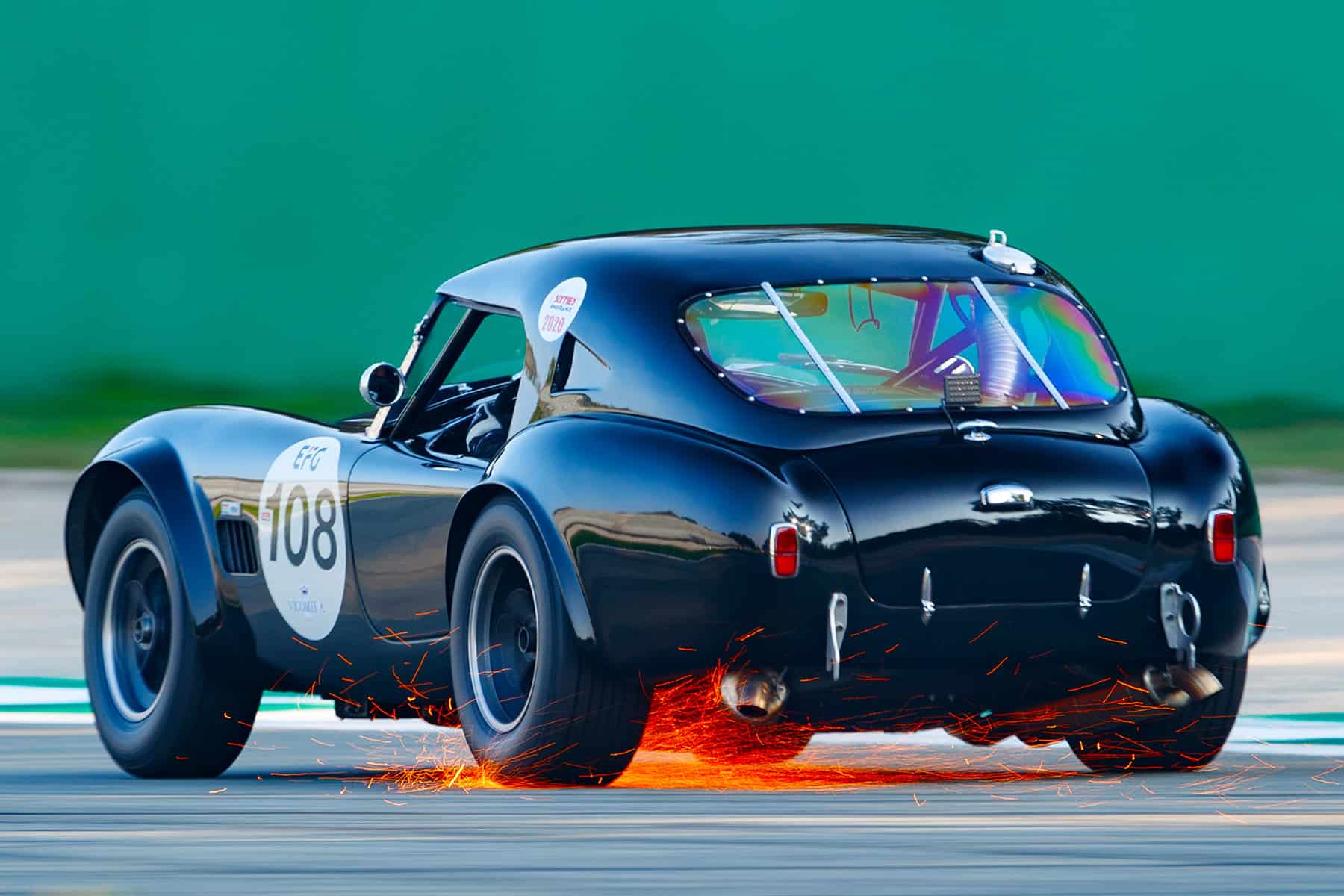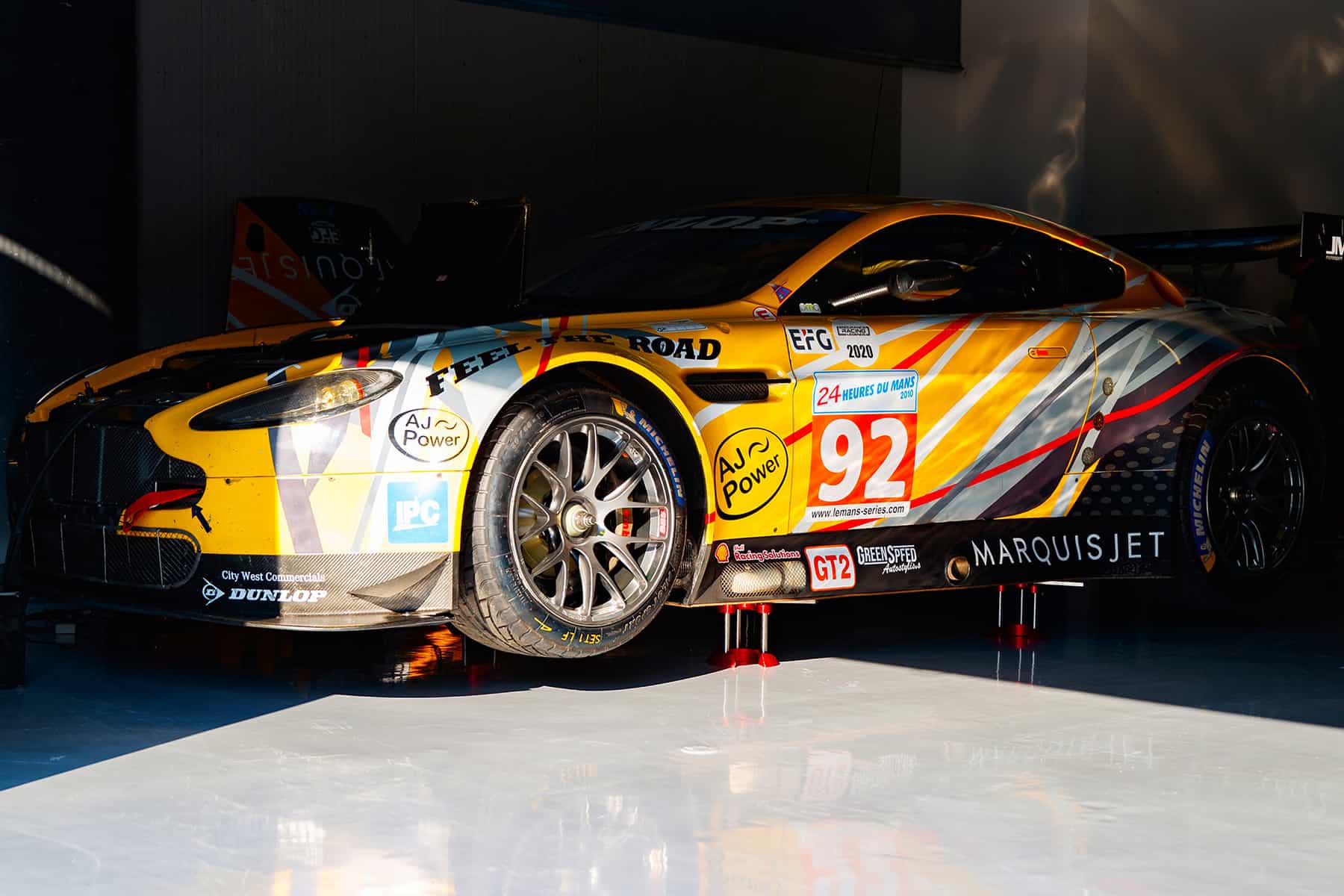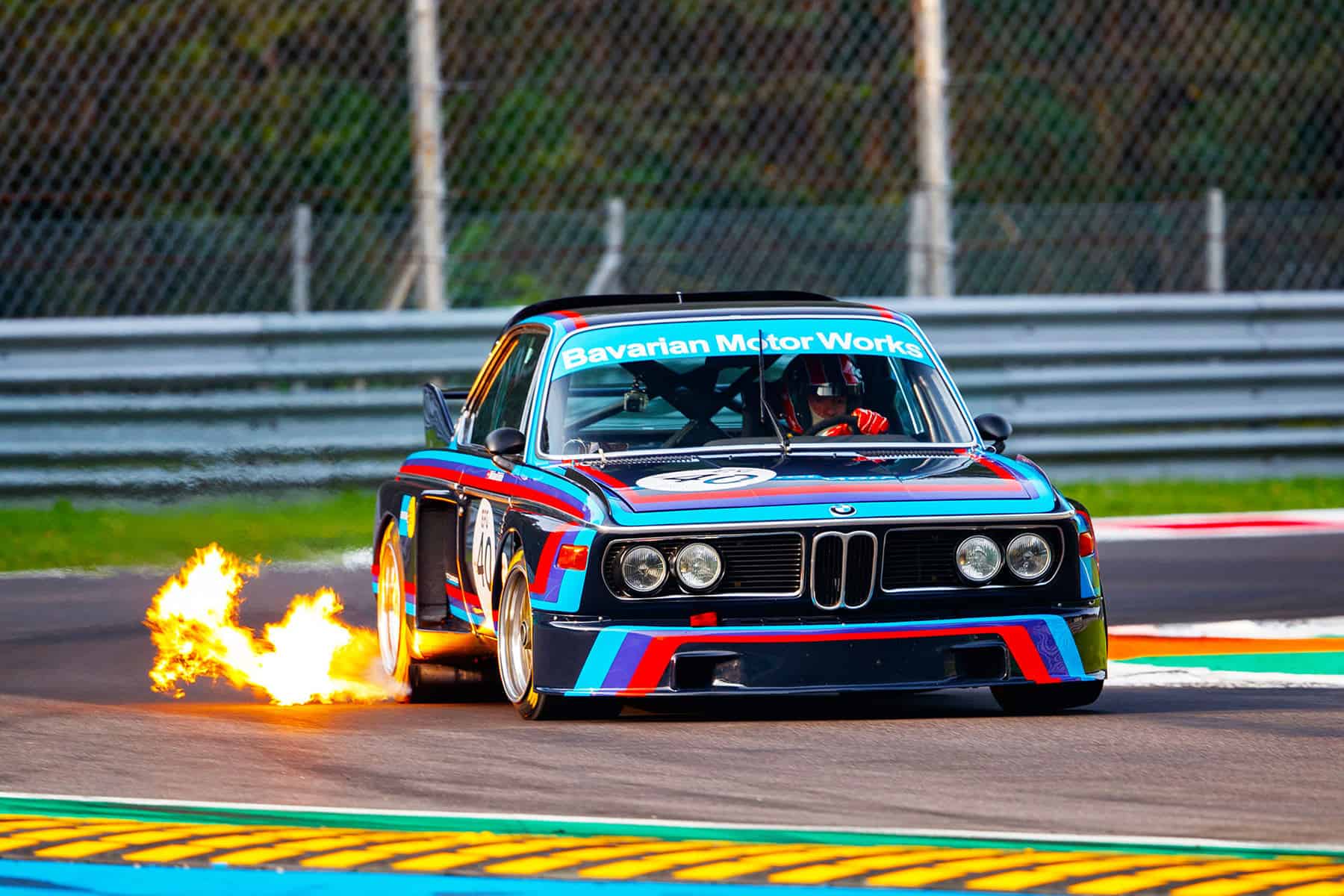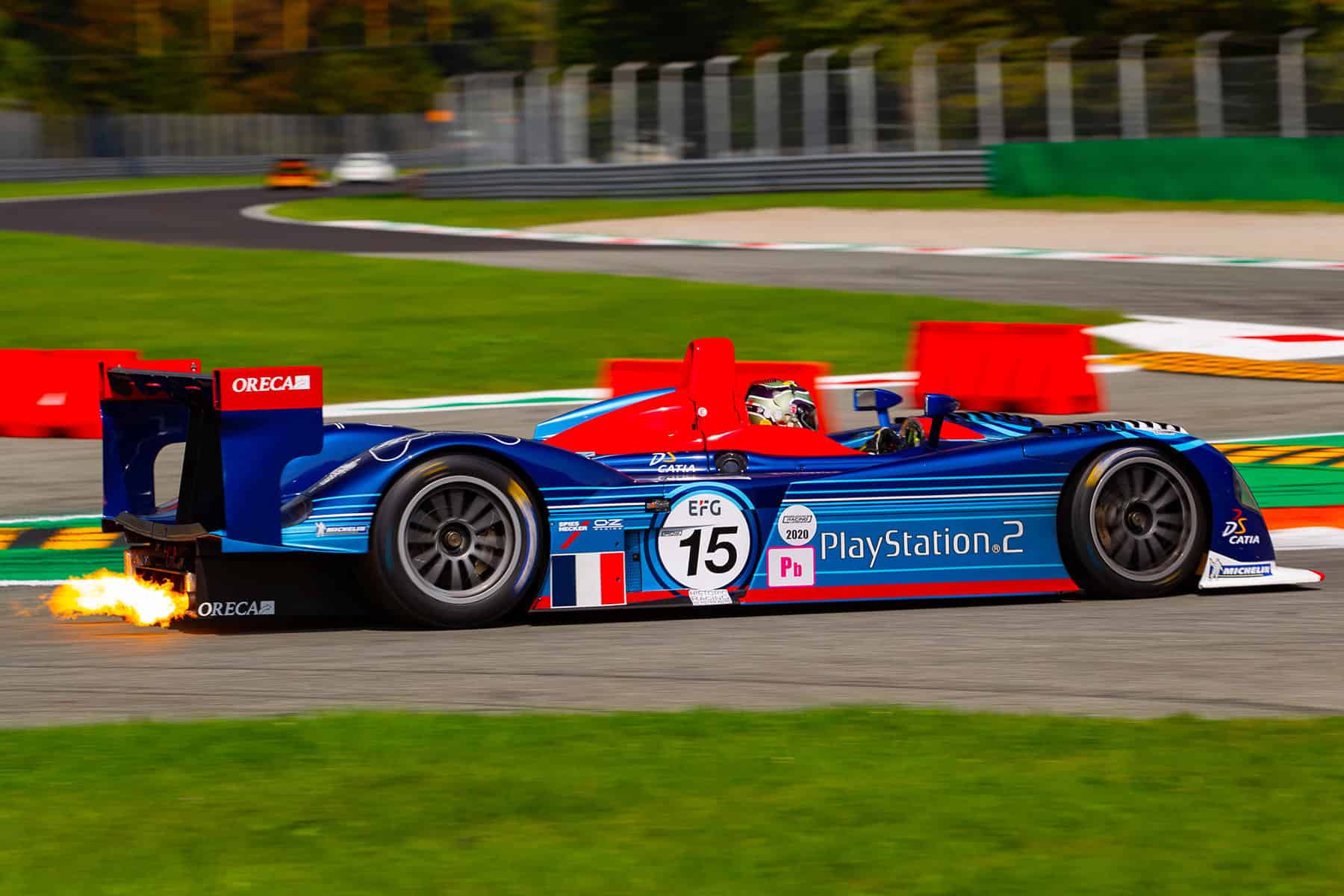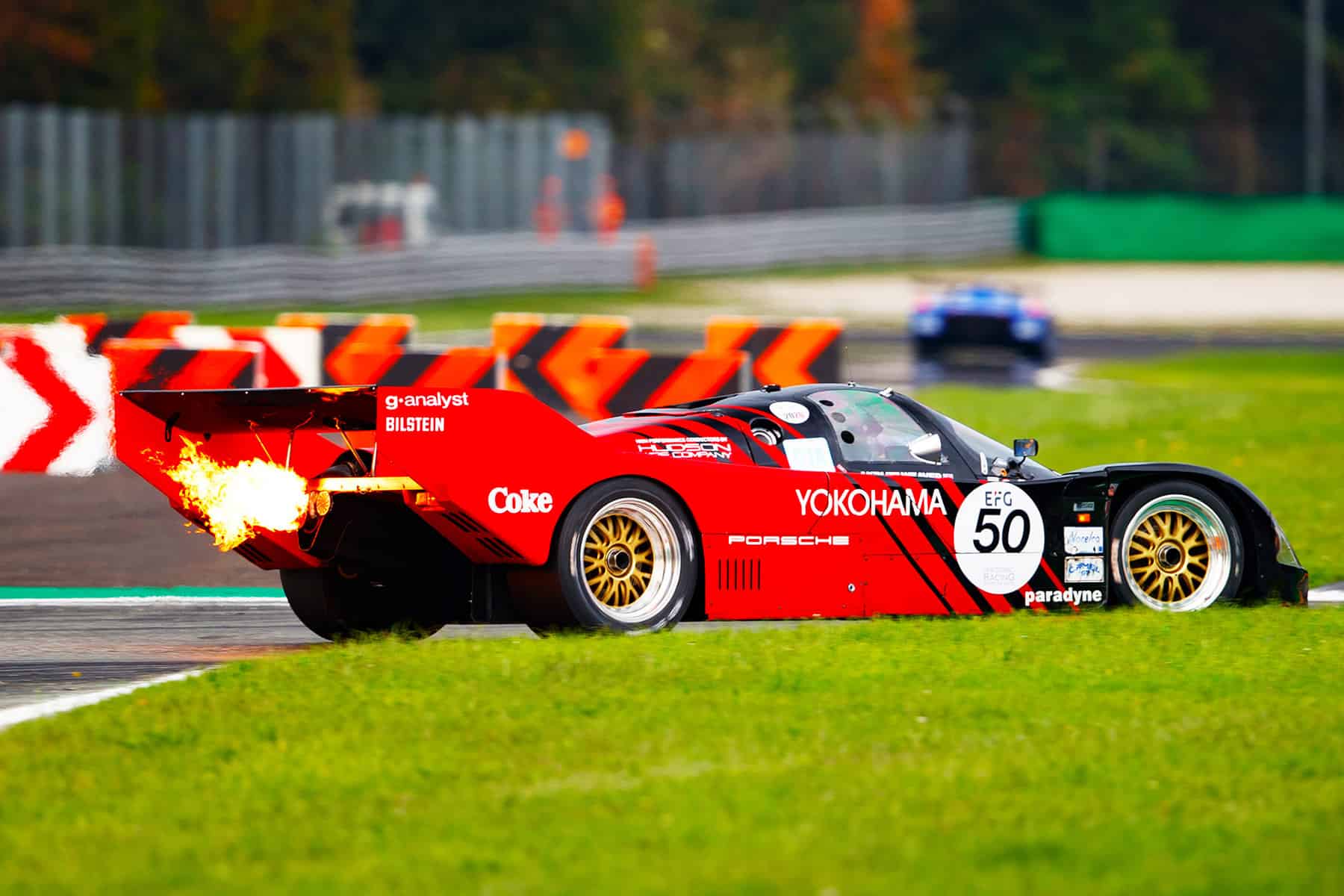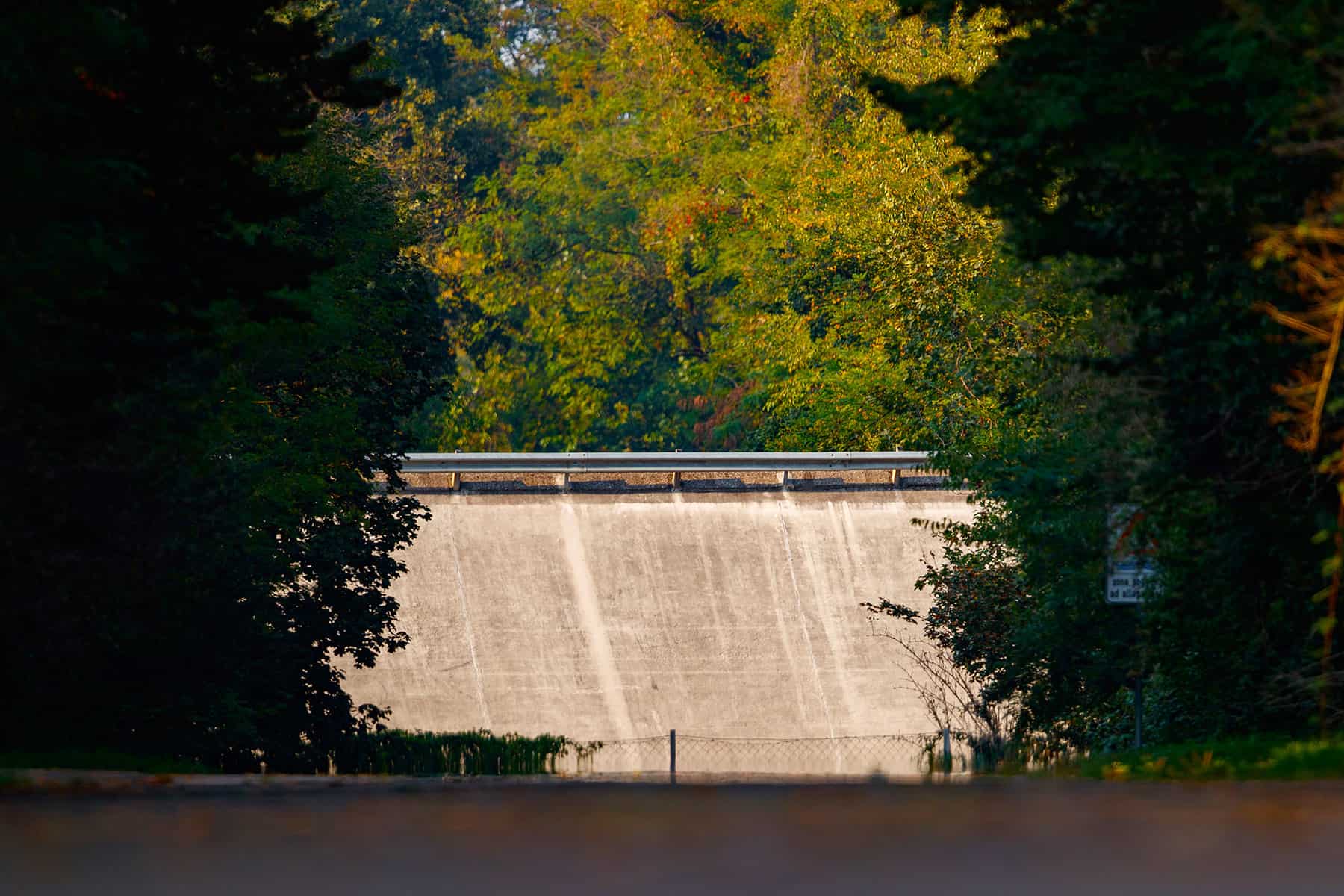Monza Historic 2020
Live racing at the “Temple of Speed”
BY: WOUTER MELISSEN
For the many Italians who consider motor racing a religion, their “temple” is the Autodromo Nazionale di Monza. Located just north of Milan and completed in the fall of 1922, “Monza” was only the third purpose-built racetrack in the world. Like Brooklands and the Indianapolis Motor Speedway, the two tracks that were constructed before it, the Italian track featured banked corners. What set Monza apart was that, in addition to a full oval, the track also consisted of a proper road circuit.
The first event hosted at Monza was the Italian Grand Prix, and the track has been on the Formula 1 calendar every year with the exception of 1980. Over the years, there also have been a wide variety of other major events on the track. Among the most notable of these was the Monza 1000 km, which was part of the World Sports Car Championship for years.
While many modifications have been made to the track, its spirit has been retained, making it a perfect venue for a historic race meeting like the appropriately named Monza Historic, which was staged for the fourth time in September 2020.
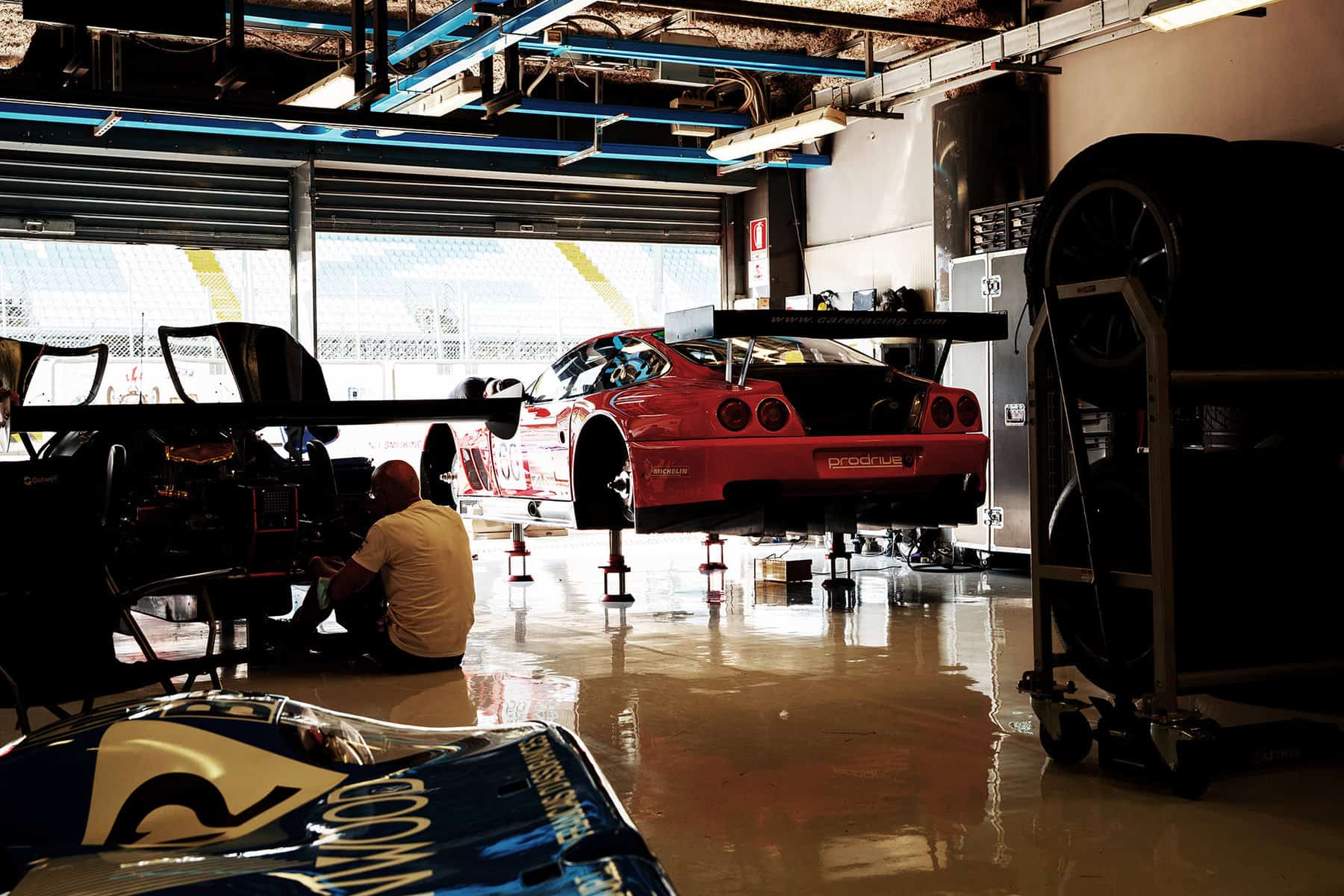
The track is located in the “Royal Villa,” a park on the outskirts of the city of Monza. “You drive into a public park and there it is hidden away,” British historic racer James Cottingham explains. “Amazing that it still exists in a city. Only the Italians could allow that. Throughout the park you find wonderful old buildings and signs of its past.”
Despite the changes, Cottingham feels the nickname still applies. “Called the ‘Temple of Speed,’ you can easily understand why, almost as if mythological gods come there at lunch time to practice! I cannot imagine what it was like to do one lap on the banking and then the next on the circuit! What a shame we cannot experience that. Today the circuit still works well despite the chicanes, and the real soul of the circuit is not lost as a result of these. It is a high-speed thrill for sure, every lap!”
Although not in service for nearly sixty years, the original oval sections of the track are still in place. The condition of the concrete structures has declined over the years, but this patina adds to the appeal of the track. Much the same can be said for the tree-lined section of the track that is still in use. Most of the run-off areas are still gravel or grass, which means there is little room for error, especially compared with the tracks built or substantially modified during the last twenty-five years.
When I visited the track for the first time some fifteen years ago, what stood out was the derelict condition of some of the buildings. It was not until I walked through the woods in the vast infield section that I appreciated Monza as fully as possible – though not a car was in sight, the sound of racing engines reverberating through the trees was truly magical. Of course, a whole other dimension is added to the Monza experience when racing down the main straight at speeds of well over 300 km/h.
Monza was one of the first to return to action on the continent this year, with the Monza 12H sports-car race held in the second weekend of July, followed by the 2020 Italian Grand Prix in early September. Historic racing returned two weeks later with the Monza Historic, organized by French specialists Peter Auto. Sadly, safety restrictions situation kept the Temple of Speed’s doors closed to its devotees.
On the curtailed Peter Auto calendar, the Monza Historic was the second of three rounds. That means that the familiar eight grids were represented by many of the same cars and drivers. Fortunately, and perhaps also surprisingly, there are always cars and drivers new to the series. Among the most notable at Monza this year was the first Porsche 956 customer car that was driven to third overall at Le Mans by Philippe Alliott and father and son Mario and Michael Andretti. The same Group C field also featured the last Porsche 962, which was driven by American racer Bob Akin – still wearing his well-known Coca-Cola livery.
While some Monza Historic competitors enjoy simply driving their cars at speed, others come to compete. Cottingham certainly falls in that category. He entered two cars that were capable of winning – an early 1960s Shelby Cobra, in the Sixties’ Endurance race, and a 2001 Dallara Judd Le Mans Prototype, in the Endurance Racing Legends race. He experienced few problems switching between the two very different cars. “[Switching cars was] easy, as both are a completely different discipline with a completely different strategy. Which one do I prefer a lap in? That’s hard to say, as each is more rewarding in different areas.”
Sharing the Cobra with his DK Engineering colleague, Harvey Stanley, Cottingham started the two-hour Sixties’ Endurance race third on the grid. In the opening laps, he managed to grab the lead from the pole-sitting Bizzarrini that was started by owner David Hart. Sadly, mechanical issues saw Cottingham retire from the race before the half-hour mark. A true race of attrition, the event saw more top runners drop out. Eventually, Olivier Hart crossed the line first in the Cobra he had taken over from Urs Beck. The young Dutchman had lapped the entire field but was unfortunately penalized due to paperwork issues. This promoted the French pairing of Michel Lecourt and Raymond Narac to the top step with their Shelby Cobra Daytona tribute.
Lecourt and Narac were also the chief rivals for Cottingham in the Endurance Racing Legends field, this time with Lecourt’s glorious Ferrari 333 SP. Having averaged just over 203 km/h, Cottingham placed his V10-engined machine on pole for both thirty-minute races. The first was run on a very slippery, drying track, which saw Narac briefly move into the lead with the Ferrari. Cottingham quickly bounced back in the Dallara and he would grab the win in both races. Second in both races was Dominik Roschmann in his very rare Prodrive-built Ferrari 550 GTS Maranello.
Racing nose-to-tail for many laps and even side-by-side at several occasions, Nicky Pastorelli in a Lola T70 and Claudio Roddaro in a Porsche 917 put on a superb show in the Classic Endurance Racing 1 race. Eventually, the former Champcar driver took the victory in the Lola that had been started by owner David Hart. The 2.0L Cup for early Porsche 911s was also surprisingly interesting, with the leading cars rarely more than a few car lengths apart throughout the ninety-minute race. Eventually just fourteen seconds separated winners Richard Cooke and Harvey Stanley and Philippe de Craene in second place.
Despite the uncertain times, the Monza Historic attracted an impressive one hundred-ninety historic racing cars spread over eight different grids. Everyone put on a great show, one that hopefully can be enjoyed by the Tifosi once more next year.
